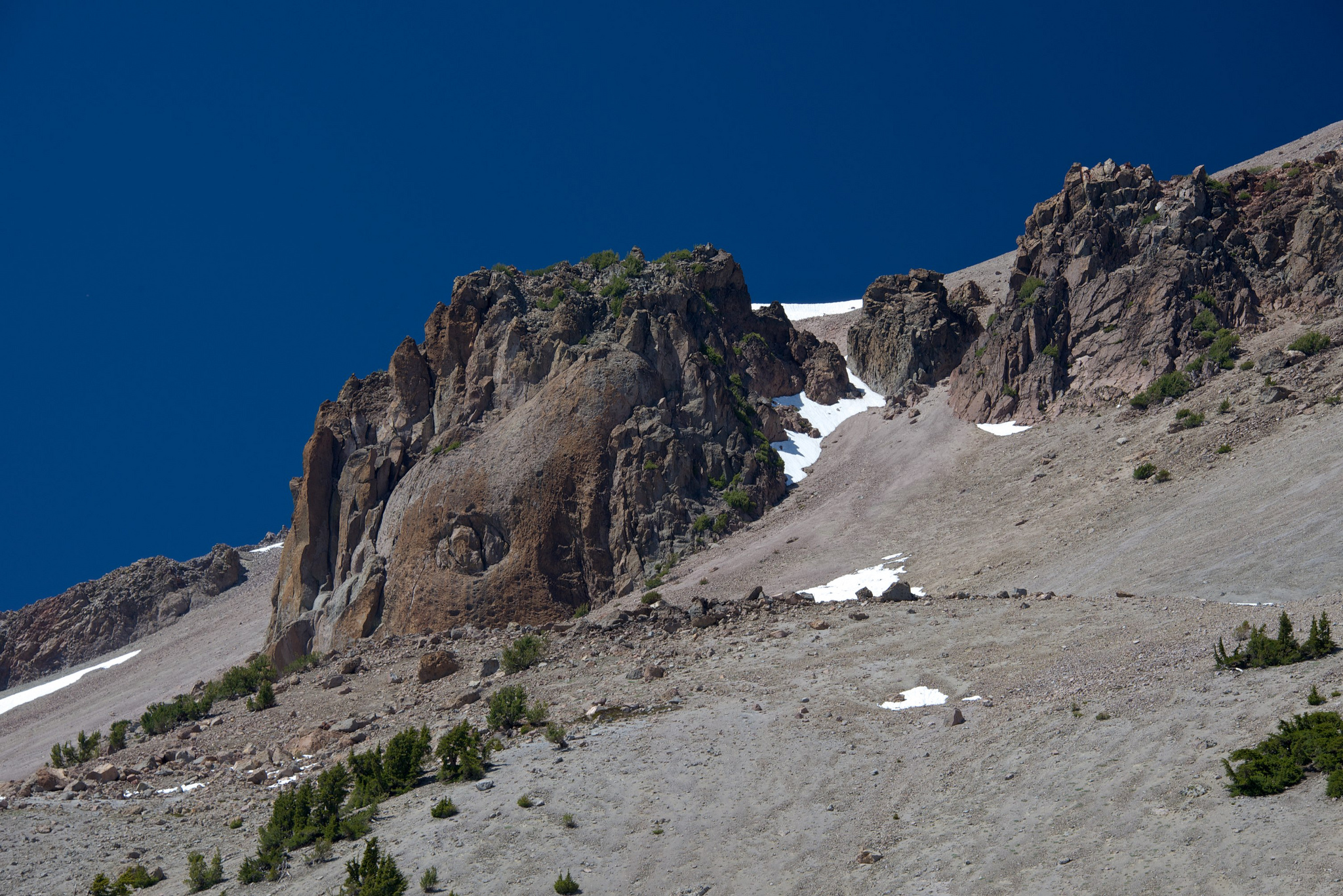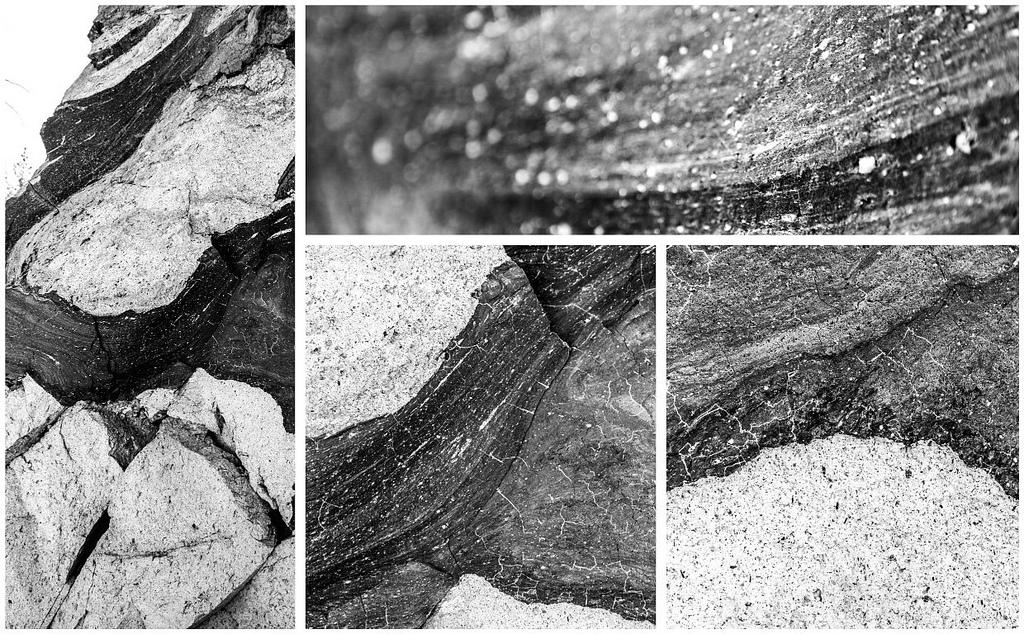Extending from northern California to southwestern British Columbia is the Cascade Arc. Within the Canadian segment of the arc, there are seven volcanic centers, with the most recent eruption in B.C. being approximately 2,400 years ago. Despite having lava compositions that are unusual relative to the rest of the arc, there has not been much scientific research done in this area, mostly because of the remoteness of the volcanoes and their difficult access.
(see photos of the sampling expeditions: https://www.flickr.com/photos/cdbeard/sets/72157635274504449; https://www.flickr.com/photos/cdbeard/sets/72157636134686613)


Dominique is using both archived and newly collected samples, and now has good coverage of these volcanoes. Results show geochemical differences with the southern part of the Cascades that can be related to the age of the subducting slab, decreasing by approximately 4 million years, which potentially led to reduced slab inputs or the change in the angle of the subduction (Mullen and Weis, 2013, 2015).

These results have been generating interest in the scientific community in the US and Dominique has begun working on some of the US volcanoes of the High Cascades as well. The new isotopic results, especially for Pb, show very interesting relationships when compared with sediment data from the Cascadia (Carpentier et al., 2013, 2014) and Astoria basins and the local oceanic crust.

This information helps with identification of different mantle domains and processes at the scale of 100 km.


Milidragovic, D. et al. (2018) Picrite “intelligence” from the Middle-Late Triassic Stikine arc: Composition of mantle wedge asthenosphere. Lithos, 308–309: 446–461.
Philipps, B.A. et al. (2017) Oceanic mafic magmatism in the Siletz terrane, NW North America: Fragments of an Eocene oceanic plateau? Lithos, 274–275: 291–303.
Mullen, E.K. et al. (2017) Primitive arc magma diversity: New geochemical insights in the Cascade Arc. Chemical Geology, 448: 43–70.
Walowski, K. et al. (2016) Slab melting and magma formation beneath the southern Cascade Arc. Earth and Planetary Science Letters, 446: 100–112.
Mullen, E.K. and Weis, D. (2015) Evidence for trench-parallel mantle flow in the northern Cascade Arc from basalt geochemistry. Earth and Planetary Science Letters, 414: 100–107.
Carpentier, M. et al. (2014) Fractionation of Sr and Hf isotopes by mineral sorting in Cascadia Basin terrigenous sediments. Chemical Geology, 382: 67–82.
Mullen, E.K. and Weis, D. (2013) Sr-Nd-Hf-Pb isotope and trace element evidence for the origin of alkalic basalts in the Garibaldi Belt, northern Cascade arc. Geochem., Geophys., Geosys., 14: 3126–3155.
Carpentier, M. et al. (2013) Large U loss during weathering of upper continental crust: The sedimentary record. Chemical Geology, 340: 91–104.